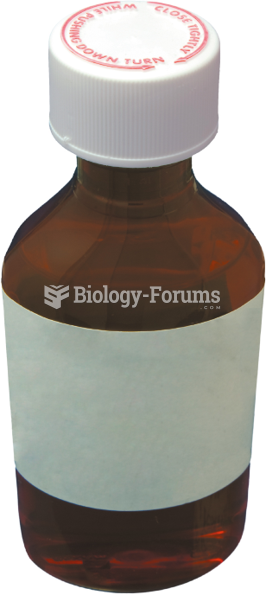Answer to Question 1
A
Feedback
A Correct. Diabetes insipidus is best described as a disease involving a shortage of a hormone called antidiuretic hormone (ADH) that normally concentrates urine, and this shortage results in excretion of large amounts of dilute urine.
B Incorrect. Answering a caregiver's question about how best to describe diabetes insipidus, the nurse's best answer is not: It is a form of diabetes mellitus, and although it shares some features, it is somewhat different from type 1 and type 2.
C Incorrect. Answering a caregiver's question about how best to describe diabetes insipidus, the nurse's best answer is not: It is the only type of diabetes that does not involve the pancreas and insulin deficiency.
D Incorrect. Answering a caregiver's question about how best to describe diabetes insipidus, the nurse's best answer is not that there is a malfunction of the thirst mechanism in the brain, causing the child to drink huge amounts of water risking water intoxication.
Answer to Question 2
A
Feedback
A Correct. When teaching the caregivers about transporting children safely in the car, the nurse will stress that the adults must abide by the same rules they expect the children to abide by because preschoolers like to imitate whatever adults do.
B Incorrect. When teaching the caregivers about transporting children safely in the car, the nurse will not stress that the adults must abide by the same rules they expect the children to abide by because the caregiver could die or be comatose and be of no help at all in an accident.
C Incorrect. When teaching the caregivers about transporting children safely in the car, the nurse will not stress that the adults must abide by the same rules they expect the children to abide by because it is not fair for an adult to expect a child to do something the adult will not do.
D Incorrect. When teaching the caregivers about transporting children safely in the car, the nurse will not stress that the adults must abide by the same rules they expect the children to abide by because adults are more likely to be hurt in an accident.







